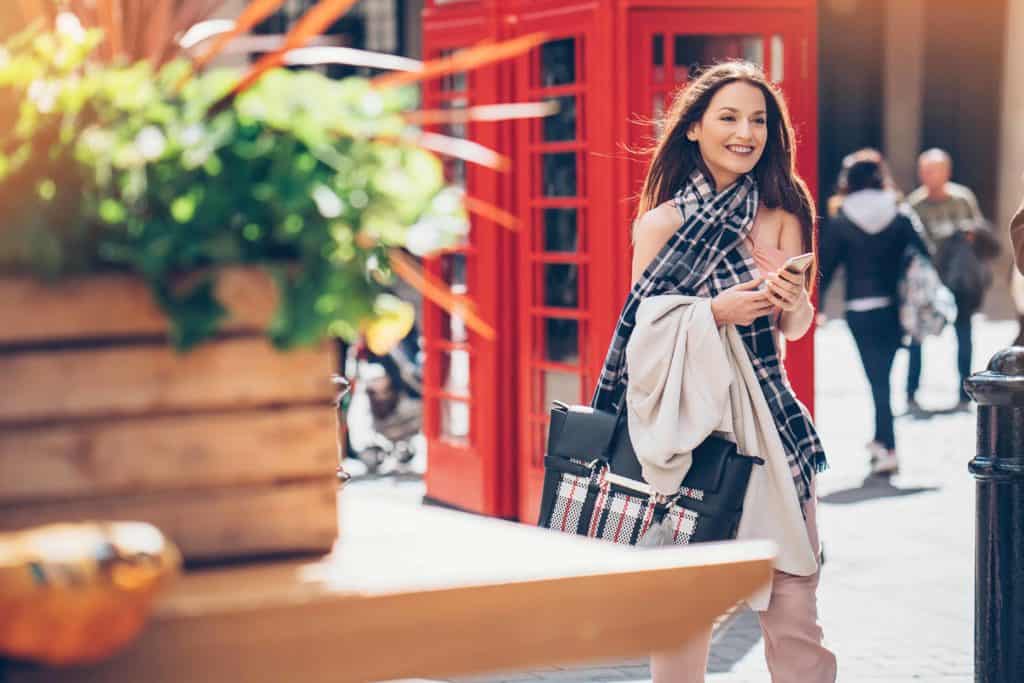To say these UK online fashion retailers are doing well would be an understatement. Born into an already-digital world, all three have managed to surge ahead in a short space of time, exceeding expectations and leaving many established brick-and-mortar businesses in the dust.
And how have they done it? With sharp and agile digital strategies that demonstrate a keen mastery over social media and a profound grasp of what makes their target audiences tick.
Below we’ll explore how these three major retailers are using digital to succeed in the online fast fashion space.
3 UK Online Fashion Retailers and their successful digital strategies
PrettyLittleThing
PrettyLittleThing (PLT) have become an online retail powerhouse since they launched in 2012. The key to their success? A deep understanding of their young female audience.
It helps that the company’s founders are millennials themselves. “We’re a young business, we pride ourselves on our youth, our youthful management, our youthful leadership from start to end,” co-founder Umar Kamani has said. Being tech-savvy and digitally connected allows PLT to take a highly reactive approach, responding to trends and social media buzz, and quickly answering the fleeting desires of young customers.
Connecting with influencers is one of the most important elements of this success. PLT’s digital strategy isn’t merely to encourage interaction from influencers, but also to engage with them formally by signing them on as brand ambassadors. Ambassadors are carefully selected to fit the brand image and tend to have upwards of a million Instagram followers.
This strategy fosters longer-term relationships between influencers, their followers, and the PLT brand. PLT are no stranger to collaborating with celebrity influencers as well. Over the last few years they’ve worked with names like Kylie Jenner, Sofia Richie and Kourtney Kardashian, all serving to catapult the brand into the social media spotlight and drive huge increases in sales.
PLT’s digital strategies are working. In 2017 the company was crowned the fastest growing online fashion brand by Hitwise, after a staggering 663% increase in year-on-year website visits since 2014.
I Saw It First
Though only launching in the UK in 2017, you can already count I Saw It First among the list of fastest-growing UK online fashion retailers.
A strong component of I Saw It First’s digital strategy is tapping into the trend of haul videos (where YouTubers share their fashion purchases with viewers). I Saw It First engages with YouTube influencers directly by sponsoring their clothing hauls and offering discount codes to their followers. Each haul video is promoted across the influencer’s YouTube channel as well as on the brand’s e-commerce site, where they add shopping links to the featured items.
I Saw It First also generates broad social media exposure by fostering relationships with micro influencers. This is one of the most simple and cost-effective digital strategies because it can thrive without the need for paid partnerships.
How does it work? The brand simply encourages followers to post pictures of its clothing. Because micro-level influencers are still working to build up a following, the possibility of getting their content reposted by the brand is incentive enough to use brand mentions and hashtags.
Without a strong and unified brand identity, retailers like I Saw It First would stumble. Notice that the brand successfully keeps a young, fun and confident tone of voice throughout all their online presence. Their blog is a perfect example: it’s just as much about pop-culture memes as it is about promoting products.
Missguided
Wildly popular brand Missguided made the move from online-only to multi-channel after several years of rapid expansion. Yet online sales and a strong digital strategy are still core to the business.
Like other successful UK online fashion retailers, Missguided gets plenty of mileage out of social media influencers and celebrities. As well as nailing social media interaction — every day, hundreds of customers post photos of their outfits on Instagram under the hashtag #babesofmissguided — they also release collections in collaboration with hand-picked influencers.
These collaborations are heavily promoted across the influencer’s channels as well as Missguided’s own website and social media.
Missguided also understand that younger generations of consumers care about issues like inclusivity and body positivity. Hence campaigns like last year’s “Make Your Mark” which featured nine bloggers, models and body positivity activists in unairbrushed, empowering campaign materials.
Another digital tactic of Missguided’s worth mentioning is their shopping app. Launched in 2016, it includes a Tinder-inspired “swipe to hype” function that young customers can immediately relate to. According to Poq, the app has a 30% higher conversion rate than the mobile website.
And speaking of apps, Missguided have found another creative way of reaching its core female audience: through the T.V. show Love Island. What does this have to do with digital? It works like this: Missguided send a bunch of clothing to the set of Love Island. Outfits worn on the show get featured in the Love Island app, of course with the option to purchase.
This has lead to a reported 40% sales increase for the brand on evenings when Love Island is on T.V. A smart strategy? Without a doubt.
